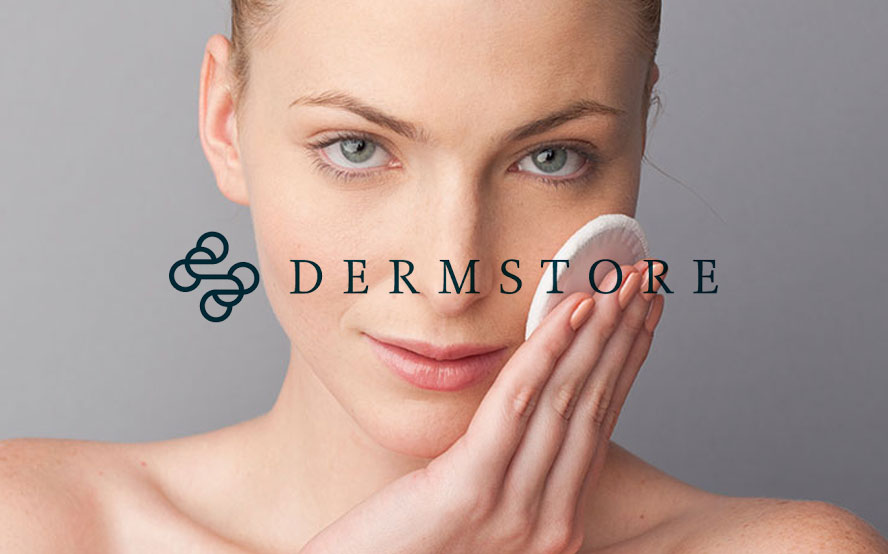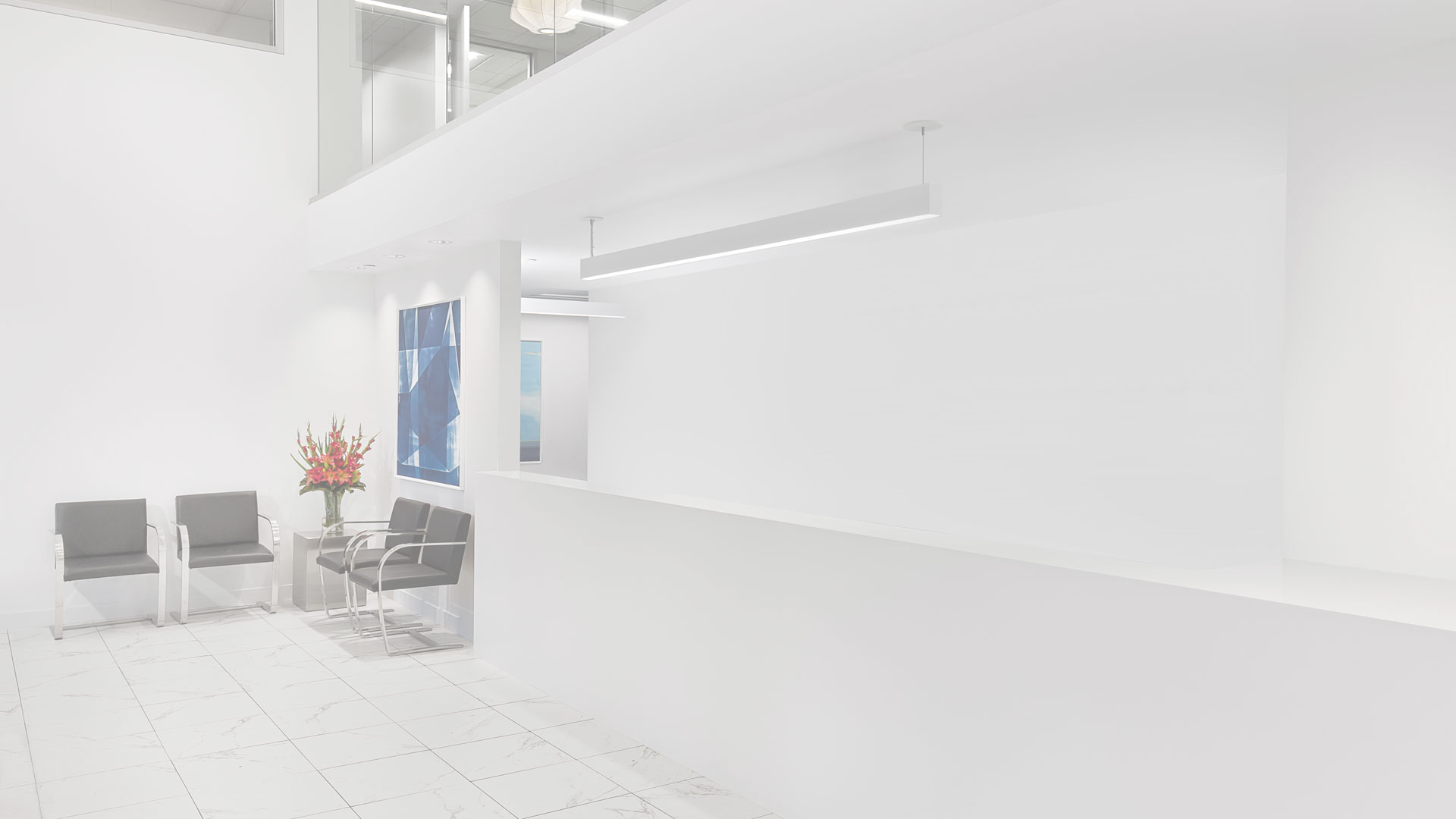
How to Remove Blackheads….Scrubbing Is NOT the Answer!
by Dr. Heather Rogers for Dermstore
For today’s blog post, I wanted to take on blackheads. They can be the bane of our existence BUT never fear, with the right tools we can make your skin a whole lot better!
But First, What Are Blackheads?
The medical term for a blackhead is an open comedone. Blackheads are the small, dark spots at the top of pores and a part of normal skin. Areas with larger pores like your nose and ears will have blackheads…always! If the pore becomes blocked, they can even become a little bump with a collection of sebum (the oil your body makes to moisturize the skin) trapped below it. Blackheads are black because of the trapped skin in the pore. The dead skin contains melanin (skin pigment) that oxidizes over time, becoming black. In comparison, whiteheads or closed comedones are typically a tad deeper in the skin so there is a very thin cover on it preventing the oxidation of melanin, keeping the tops white.
Anything that physically blocks pores can contribute to the formation of blackheads as well as other forms of acne, such as heavy sweating not followed by showering, hair products on forehead skin and tight-fitting clothing. Also, taking male hormones such as testosterone increases sebum production, leading to the formation of blackheads and other forms of acne.
How to Remove Blackheads
Blackheads are a part of life. As we grow up, the beautiful tiny pores of childhood get bigger because of the increase in oil (sebum) production that starts at puberty. As more oil is pushed out of the pores, the pores expand and make it easier for things like dead skin to become trapped inside. As blackheads are not dirt, they cannot just be scrubbed away. BUT, there are three things that can be done before bed to significantly improve their appearance.
1. Cleanse with an acid-infused face wash.
Wash with an exfoliating face wash that contains a chemical exfoliant, meaning an alpha hydroxy acid (like glycolic acid) or beta hydroxy acid (like salicylic acid). The acid will gently eat away at the dead skin and sebum, blocking the pores. Do not scrub with a physical exfoliant; that often causes more harm than good.
2. Apply a retinol cream over the problem area.
After washing, dry your skin and apply a small amount of over-the-counter retinol or prescription tretinoin to promote skin cell turnover and push out the contents of the pore, clearing the blackheads.
You can tailor your retinol product according to your skin type. For example, if you have oily skin, a stronger retinol (like 1.0%) will work better for you than a weaker one. But if you have dry skin, a weaker retinol will be effective with less risk of irritation (like 0.25%). Always follow a retinol product with a face moisturizer to limit the risk of irritation.
3. Use a charcoal or clay mask.
Finally, once or twice a week, use a charcoal or clay mask. These ingredients bind to the sebum and dead skin in the pores, pulling it out as you wash off the mask.
As with any new regimen, remember to go slow with new products and to not use them every day until your skin gets accustomed to them. This will limit the risk of irritating your skin as you figure out your perfect routine. If the above treatments are not enough, you can also choose to schedule monthly-to-quarterly facials with a skilled master esthetician to do extractions.
Hope this helps you love your skin. Until next time!
Read Original Article

Sneha
Thanks to provide proper information about blackheads and I will try this proper method to reduce blackheads.
Manisha Saru
Wow!! Can’t wait to try it. Hope it works for me.
AMVital.com
Thank you for all the tips! I have had stubborn blackheads before, so I am happy to find and read this. Keep on posting!